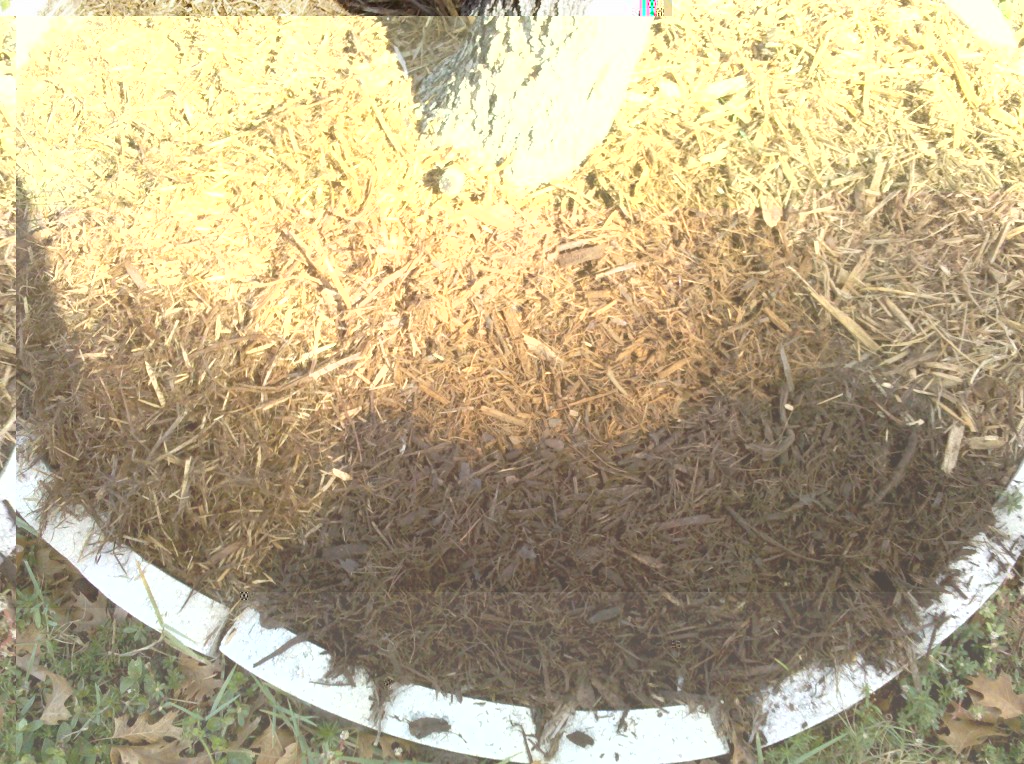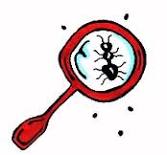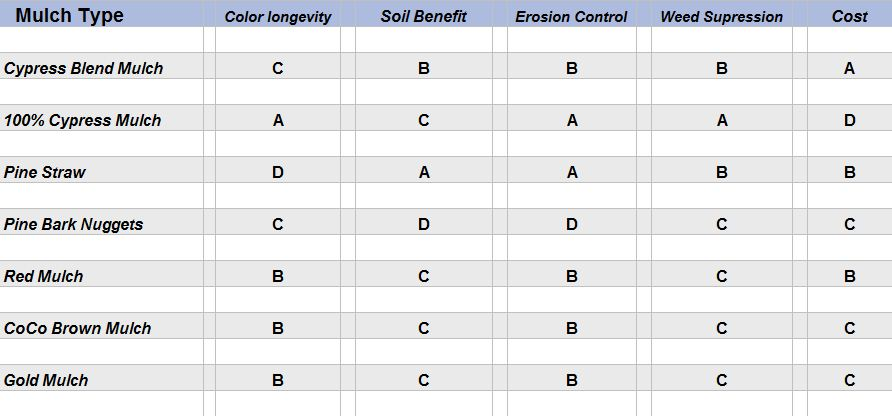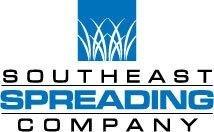A lot has been said, studied and assumed about mulch and its value to a landscape. But what are the actual nuts and bolts of ground cover?
Not questioned, is the aesthetic benefit mulch provides. Available in every conceivable size, shape, color and material, mulches compliment foliage and accent the overall landscape picture. But does it actually do anything aside from dress up curb appeal?
 Mulch Types |
A lot has been said, studied and assumed about mulch and its value to a landscape. But what are the actual nuts and bolts of ground cover?
Not questioned, is the aesthetic benefit mulch provides. Available in every conceivable size, shape, color and material, mulches compliment foliage and accent the overall landscape picture. But does it actually do anything aside from dress up curb appeal?
Mulching trees and shrubs is a good method to reduce landscape maintenance and keep plants healthy. Mulch helps conserve moisture — 10 to 25 percent reduction in soil moisture loss from evaporation. Mulches help keep the soil well aerated by reducing soil compaction that results when raindrops hit the soil. They also reduce water runoff and soil erosion. Mulches prevent soil and possible fungi from splashing on the foliage —- thus reducing the likelihood of soil-borne diseases. They help maintain a more uniform soil temperature (warmer in the winter and cooler in the summer) and promote the growth of soil microorganisms and earth worms.
Mulches eliminate mowing around trees and shrubs and provide a physical barrier that prevents damage from lawn mowers and weed trimmers. A 2- to 4-inch layer (after settling) is adequate to prevent most weed seeds from germinating. Mulch should be applied to a weed-free soil surface.
In conclusion, mulch is a very cost effective way to care for you landscape. By regulating soil temperature, moisture amounts and microorganism growth, a fresh ground cover benefits plants and will keep you smiling at your garden all year.
 es Mulch Attract Bugs?
es Mulch Attract Bugs?


